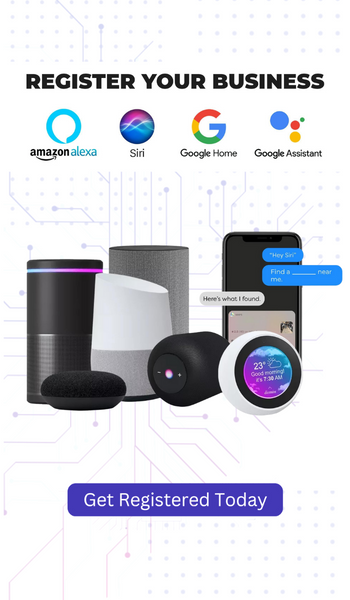With 50% of searches predicted to be voice searches by 2025, voice search is rapidly transforming digital experiences. This article explores how integrating voice search can enhance user experience (UX) design by improving efficiency, accessibility, and multitasking.
The Voice Search Revolution
Voice search has evolved enormously since its beginnings. Thanks to innovations in natural language processing, machine learning, and AI, voice recognition is now highly accurate. Studies show voice search comprises a growing share of online queries, with over half of all searches expected to be voice-based by 2025. The proliferation of smart speakers and voice-activated devices has also fueled adoption, making voice search a critical capability for UX designers.
Key Benefits of Voice Search for UX Design
Speed and Efficiency
The most noticeable advantage of voice search is speed. Users can speak much faster than typing, enabling quicker access to information and execution of commands. This efficiency enhances UX by streamlining interactions and reducing task completion times.
Accessibility
Voice search enables digital accessibility for those unable to navigate traditional interfaces. Integrating voice makes platforms inclusive to people with disabilities like limited mobility. It removes barriers and expands the potential audience.
Multitasking
Voice search allows users to multitask seamlessly. They can obtain needed information while cooking, driving, or performing other activities without disrupting workflow. This convenience and flexibility improves the user experience.
Implementing Voice Search in UX Design
Conversational Voice UI
Designing conversational voice user interfaces is different than graphical UIs. It requires understanding natural language patterns and voice interaction limitations. Visual cues are absent, so voice UX must guide users intuitively through voice commands only.
Providing Clear Feedback
Clear feedback is critical for voice interactions. Simple confirmations like “Searching…” or detailed responses can communicate status. This feedback loop is vital for positive voice search experiences.
Graceful Error Handling
Mistakes happen, so UX design must handle errors smoothly. By providing easy-to-follow corrections when voice recognition fails, the system remains forgiving. The UX should guide users back on track without causing frustration.

The Future of Voice Search
Voice search integration is an evolution improving how we interact with digital platforms. Businesses that adopt voice tech will not only enhance UX but gain a competitive advantage. As voice interactions become ubiquitous, voice search adoption will be key for creating truly effortless, human-centric experiences.
Want to learn more or ask specific questions? Don’t hesitate to reach out. We look forward to chatting with you.



